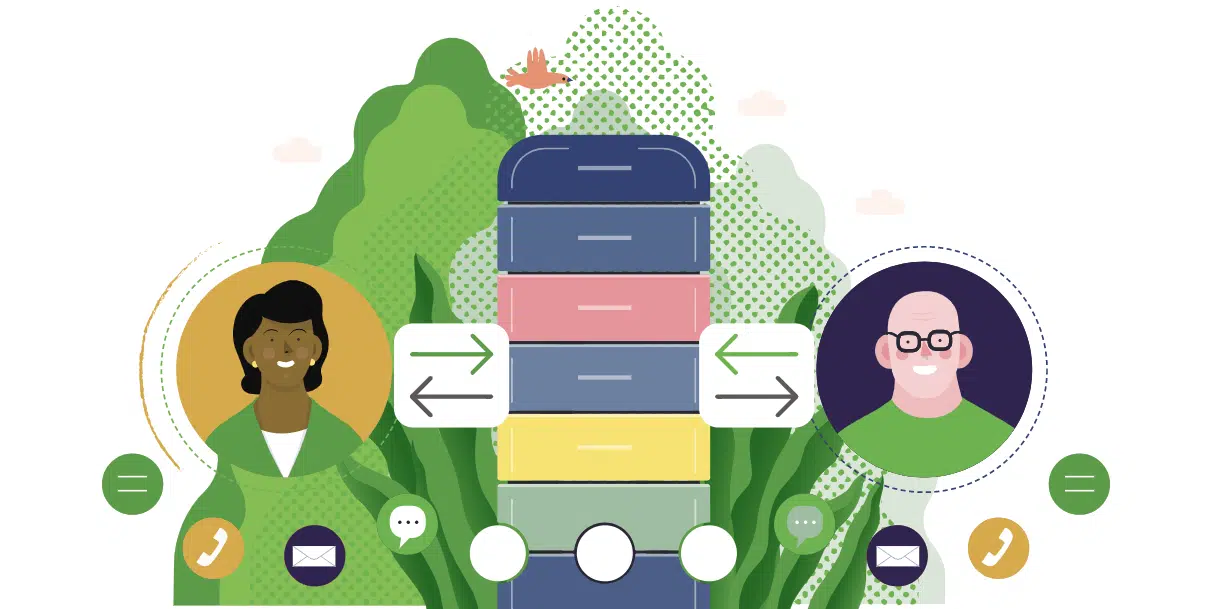Why You Should Move Away From Using Nonprofit Donor Personas And Toward Donor Identities




Have you developed nonprofit donor personas? Are you basing your strategy decisions off of them? If so, I recommend moving away from those donor personas and toward donor identities instead.
Think about it: Those personas may have been carefully crafted—Soccer Mom, Busy Businessman, Widow, Millennial—but those personas only touch on a small part of your donor’s identity. It may not even be a part with which they strongly identify. Further, that part might not be what motivates them to support your nonprofit.
That’s why I believe you should focus on donor identities instead.
If you don’t know how your donor identifies, you’ll miss the mark when trying to craft appeals that motivate them to support your mission. Sure, you may get some gifts making appeals based on a donor’s persona, but these gifts might not be made thoughtfully or passionately. And you want donors who care deeply about the work you do and want to support you now and in the future.
First, you need to understand what information will help you determine a donor’s identity. That’s why effective fundraisers understand the difference between demographics and psychographics.
Demographics often factor into creating personas. Unfortunately, going solely off of demographic information often results in a two-dimensional view of a person.
Psychographics inform identities. The psychological narrative we construct has more influence on our lives because it’s about who we are now and who we are becoming.
You must touch people on a psychological level to inspire them to passionately engage and invest with you. Sometimes they wonder how they could do more, be better, or find greater meaning and purpose. That’s where your nonprofit can make a positive difference in your donor’s life.
Remember that identities are complex because humans are complex; people don’t usually identify as just one thing or based on one aspect of their life. Some personal identifiers can be relevant to a donor’s philanthropic choices; others not so much.
Similarly, Kiki Koutmeridou, Chief Behavioral Science Strategist for DonorVoice, makes a distinction between identity presence, whether one has a certain identity, and identity importance, how central that identity is for their sense of self.
The fact someone makes a donation to your nonprofit is not as important as why they donated to your nonprofit. Why? Because not all donors give for the same reasons. And if you want to inspire a donor’s most passionate giving, you need to find the identity that matters most in motivating their giving.
Connecting with your donor is the best way to learn about their identity. If you want to secure your donor’s most passionate or impactful gift, stop making up a story about why they give to you. You need to ask them why they gave.
Today we’re lucky to have more than one way to connect with donors. The pandemic taught us that virtual visits work.
Before your visit, have some tools ready to discover your donor’s values, interests, and priorities. Why? Because you need to align your work with these essential aspects of how your donor identifies.
The best tool I know is the open-ended question. Be sure to actively listen and keep probing appropriately.
When they share an answer, ask follow-up questions like:
Here’s a free download with a list of open-ended questions you can use to get to know your donors better.
So, how can you use what you learn about their identity to impact your fundraising results? Here are a few ideas.
Here’s what happens when you know your donor’s identity:
Don’t assume donors with identities that don’t perfectly align with the ones you’re looking for won’t be interested in your work. Rather, find some part of the donor’s identity that relates to the problem at hand.
Colleges often make the mistake of thinking they can only raise money from their alumni. Animal welfare organizations make the mistake of thinking they can only raise money from animal lovers. In reality, fundraising is seldom that black and white.
Here are some examples that show how nonprofits can move beyond that type of thinking:
Develop a strategy to ask donors how they identify so you can learn their core reason for giving. Then pay attention to how donors earmark their giving, how they engage with you, what articles they read, and what emails, videos, and social media posts they share to learn more about how they identify. Use what you learn to develop a specific cultivation and solicitation plan that incorporates identity-based messaging.
This is how you’ll make a value-for-value match that will lead to passionate investment!

Comments